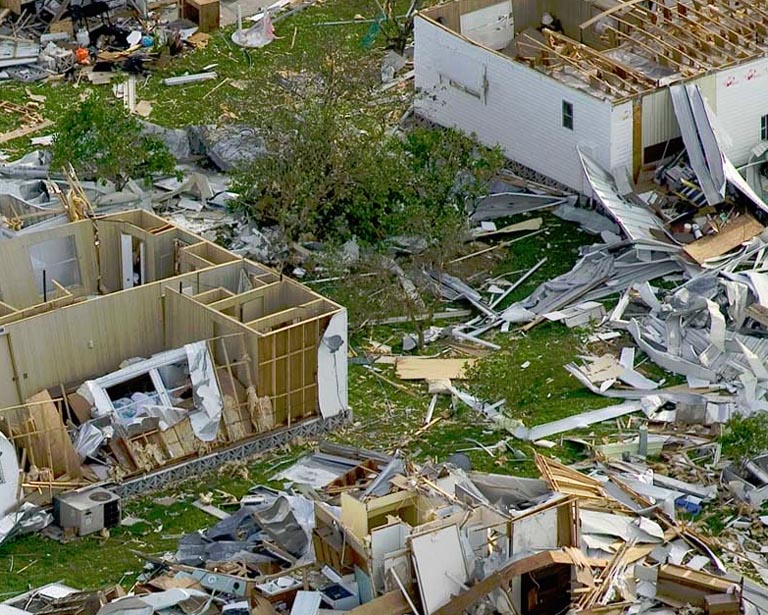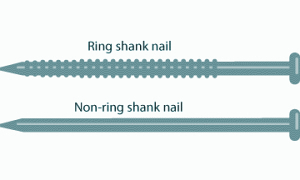Custom residential design is best accomplished with an Architect designing the house. Why, you might ask? That is the subject of this article.
Residences designed by an Architect are often custom. And what does “custom” mean? the online Merriam-Webster Dictionary defines “custom” (in its 2nd usage) as: “made to fit the needs or requirements of a particular person.” And this is a good definition for the architecture of single family houses. And you might want to also include “fitting the requirements of a particular site.” In particular, there are two main “L” considerations that a custom residential design firm is supposed to take into consideration (per the HOME ARCHITECTS ® Senior Staff Architect, Rand Soellner, Architect, ArCH, NCARB, LHI, M.A. Arch):
1. LIFESTYLE
2. LAND.
Custom Residence Design
And what is meant by LIFESTYLE?
Lifestyle refers to how a person wishes to live.
No two people are exactly the same. Everyone is unique. So are you. You deserve to have a house designed to suit your specific wishes, dreams, hopes and functional needs. This takes into consideration the spaces and rooms you want, their size (width, length, height), their relationship to other spaces and rooms, amount of glass/viewing areas and where, the electrical and technical facilities present to support various activities (e.g.: a workshop with power tools, or a glass studio with a kiln), lighting preferences, colors, textures, features, materials, and arrangements. Also, what the mobility is of the occupant (some people may have enhanced accessibility needs).
What about the LAND?
This is refers to the site or ground on which the house is to be located and built. Like you, your land is unique. No two pieces of ground are exactly the same, anywhere on the planet. There are particular directions (north, east, west & south) that are rotated in alignment with various features, like the VIEWS.

Click on the image above to see another online article about a spectacular house with 40-mile long views.
Did you buy your land BECAUSE of the view(s)? So immediately, you want to have your house custom designed to look at those view, right? Well, it is amazing at how many “stock” plans are used on sites that result in tiny windows (or none) facing the most picturesque views of many people’s property. And that is a shame. You need an Architect to understand your land and your best views, so that he or she can design your custom house to orient major glass/window/door areas toward the best views. An Architect is trained to do this over decades of education and experience; it is like breathing to these professionals.
Also, the Steepness of your land can and will dramatically affect the cost of your foundations. On one project, Rand Soellner warned a client of building a large house on a 30′ front to rear/cross slope site and instead suggested a flatter location for the house. The client insisted, despite Soellner’s warnings. The result was a $500,000 foundation/ foundation wall installation, before the project came up to the main level.
Soellner frequently is successful in recommending economical locations for his client residences. “Even on steep terrain, there is often a more level spot on which to place the main body of the house,” said Soellner, “We’re designing a nice house for a client in Tennessee right now, and his land is steep, however, there is this ‘finger-ridge’ running through the upper middle of it (with great views). We had a geotechnical engineering company test that and discovered that it has 8,000 PSF dense bedrock about 2′ under the surface, which means it will have excellent bearing capabilities for the proposed house. And the ridgeline is nearly level. This means that our client will get to have his cake and eat it too.
Meaning: he gets all the great views that come with a steep property, and he gets to save money on his foundations by building on the only level ground on the entire site. That’s a win-win.”
And that’s another reason why people wanting a new house would be well-advised to engage an experienced residential Architect to design their house. Otherwise opportunities like the aforementioned may be missed by other, less knowledgeable people.
HOUSING DESIGNED BY ARCHITECTS CAN BE MORE SOLID AND WEATHER RESISTIVE
This is something with which the victims of Hurricanes Sandy, Katrina, Ike and Andrew can relate, especially those thousands who had flimsy houses Not designed by Architects. Architects have to make the houses they design stronger. Why? Architects have licenses to practice. They have to design in a responsible manner. People who don’t have licenses to design have no requirements to design anything in any sort of manner. However, Architects will either insist on the involvement of a licensed Structural Engineer, or personally have the experience and knowledge to detail stronger connections and use more durable materials that can better resist strong winds (and even seismic events of particular intensities).

You, of course, would prefer that your house would Not blow down when fierce storms come to visit you where you live, correct? What a horrible experience that must be! Can you imagine? Sitting in your house, listening to the shrieking winds outside, watching other neighbors’ houses smashed flat by the storm? And wondering if yours was going to be next? How can you put a price on the safety of living in an Architect designed house? Would you, at this time of crisis, with your arms embracing your spouse and children, be pleased that you saved a few thousands bucks by Not having an Architect design your house? Or would you be very worried? And justifiably so. Wouldn’t you rather have a inner glow, perhaps somewhat concerned, but confident in your knowledge that you are living in an Architect- designed house that can better withstand the forces of nature?
How do Architects know these things? Because they practice architecture every day. For instance, they see “toenails” used as the primary carpenter method of securing one structural piece of wood to another. And that’s not all bad. However, an Architect thinks about the nature of those connections and what could happen to pull them apart, then conceives of ways to strengthen that connection. How about a specific example? Well, believe it or not, some local building departments in the USA still do not require steel straps to hold down roof trusses (or roof joists). How does this author know?
It so happens that Rand Soellner, in addition to being the chief Architect for the HOME ARCHITECTS ® is also a licensed Home Inspector. Every time he inspects a house he finds scores of weak connections that will probably not withstand a serious storm. What does he do about this in the design of the houses for his architectural clients: for one thing: he specifies ring shank nails. These are nails with little horizontal grooves along the nail shaft. It is virtually impossible to pull a ring shank nail out of position, even using a nail puller (a small crowbar tool designed for pulling nails). What might happen, is that the nail puller might pull the head of the nail off, after exerting tremendous force on that one nail. What’s the big deal? Here’s the deal: ringshank nails are much more likely to remain in position, doing their job, securing your roof deck to your roof structure, especially in negative wind suction events like a hurricane or tornado. And some Architects go ahead and use ringshank nails for ALL structural connections and ALL sheathing, wall, roof and floor (fewer nail pops that way). So what is the reality of today’s construction in this regard?

Well, to save a few pennies on a 300 pound box of nails, most builders will use “common” nails, which have a smooth shaft. What happens to these nails in a harsh storm event? As you may have guessed, strong winds can exert an enormous suction (negative or uplift) pressure on roofs during a hurricane or tornado, which pulls the smooth-shaft nails right out of the wood! Seems like a simple thing, doesn’t it? Why not make ring shank nails a construction requirement? Unfortunately it isn’t. Residential Architects have to discover these sorts of things by surveying the damage done after bad storms and inspecting the results and by talking with building inspectors and others and trying to devise better solutions for the future. Ever think your life might depend on the characteristics of the nails used to hammer your house together?
Do you think that the Building Code covers you? It does Not. (click here for another online article about how –> Building Codes Don’t Protect You). Ever wonder where new building code sections come from? Severe loss of life and property. And building code change can take decades. In other words, there is no requirement in the section on nails to use ring shank or screw shank nails or screws to secure the exterior of roof sheathing or wall sheathing to your house. The only way you will get that is if you happen to demand that from your builder, or if you engage a knowledgeable residential Architect to design your house. And that is just one of hundreds of issues that your Architect solves for you before they ever become issues.
Obtaining an Architect-designed custom house is the best thing you can do for yourself (and for your family) when you are planning a new residence. Getting a custom design that looks and feels great and provides you with excellent views is only the icing on the cake.
Contact for custom residential design: Rand@HomeArchitects.com 828-269-9046 . Or click here for information on How To Hire An Architect.
tags: custom residential design, cashiers, highlands, lake toxaway, glenville, atlanta, aspen, telluride, pueblo, sevierville, post and beam, timber frame.
